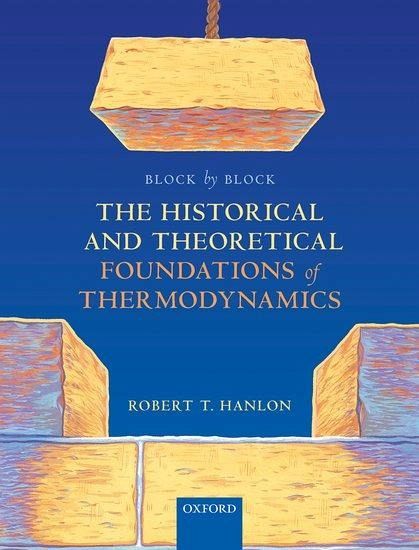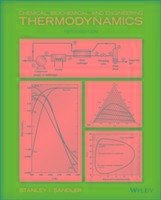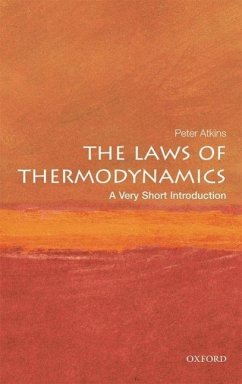Nicht lieferbar

Block by Block: The Historical and Theoretical Foundations of Thermodynamics
Versandkostenfrei!
Nicht lieferbar
In this text, the study of thermodynamics is manipulated against the normal course of study. While students and academics will learn the concepts, formulas, and laws of thermodynamics, they will also begin to understand the historical circumstance behind it all.













